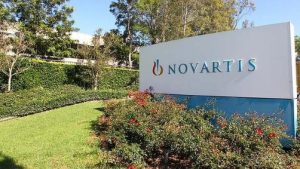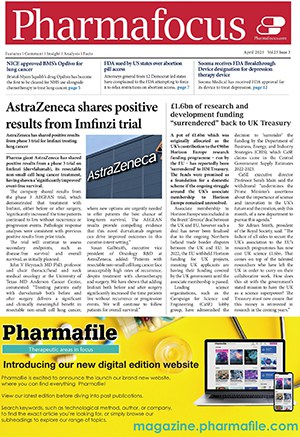
Melanoma market to reach $7.4bn by 2029
pharmafile | April 30, 2021 | News story | Medical Communications | melanoma
A report from GlobalData, Melanoma – Global Drug Forecast and Market Analysis to 2029, has predicted the melanoma industry will grow from $5.59bn in 2019 to $7.42bn in 2029 across the eight major markets at a compound annual growth rate of 2.9%.
The eight major markets mentioned are the following: US, France, Germany, Italy, Spain, UK, Canada and Australia.
Growth in the sector will be driven by the anticipated launch of 12 pipeline agents, the expansion of currently approved therapies into earlier lines of treatment, and increased use of novel combinatorial regimens, the report states.
Another contributing factor to growth mentioned in the report was the expiry of multiple patents of market-leading brands, followed by the emergence of generics and biosimilars.
Jessica McCormack, PhD, Oncology and Hematology Analyst at GlobalData, said: “Despite the patent expiries of Bristol Myers Squibb’s Opdivo (nivolumab) and Yervoy (ipilimumab), BMS is forecast to remain the current market leader, and Opdivo will witness the highest sales over the next decade.
“Although Merck & Co’s Keytruda (pembrolizumab) has substantial sales across the eight major markets, and Opdivo and Keytruda are regarded as fairly equivalent, the high use of Opdivo and Yervoy in the metastatic setting, and the launch of six novel pipeline agents in combination with one of Opdivo or Yervoy, means BMS’s position will be hard to surpass.”
The melanoma field currently has several unmet needs, for instance, there is little choice available to patients who progress on immune checkpoint inhibitors. This presents a lucrative opportunity for businesses.
McCormak continues: “The problem of how to treat patients who progress on immune checkpoint inhibitors is a tough one. Around 50% of patients on this therapy will progress, and while BRAF-positive patients have the option of receiving targeted BRAF/MEK inhibitors, there are no good options here for BRAF wild-type patients.
“Most pipeline agents are being investigated in combination with a PD-1 inhibitor and there have been promising results in refractory patients with some of these therapies, but that does still mean that patients are being treated with a drug combination featuring an agent they have previously failed on.”
Twelve novel pipeline agents are forecast to enter the melanoma market in the period to 2029. The most important of these noted by GlobalData are Nektar Therapeutics/BMS’s bempegaldesleukin, Iovance Biotherapeutics’s tumour infiltrating lymphocyte therapy, lifileucel, and Eisai/Merck & Co’s Lenvima.
Kat Jenkins
Related Content

Iovance’s Amtagvi gains FDA accelerated approval for melanoma treatment
Iovance Biotherapeutics has announced that the US Food and Drug Administration (FDA) has approved Amtagvi …

Elekta and BMS partner for digital treatment for melanoma
Elekta and Bristol Myers Squibb have announced a pilot collaboration in which the companies plan …

Novartis’ Tafinlar/Mekinist combo improves five-year relapse-free survival in new Phase 3 data
Novartis has unveiled promising new Phase 3 data for its combination of Tafinlar (dabrafenib) with …








